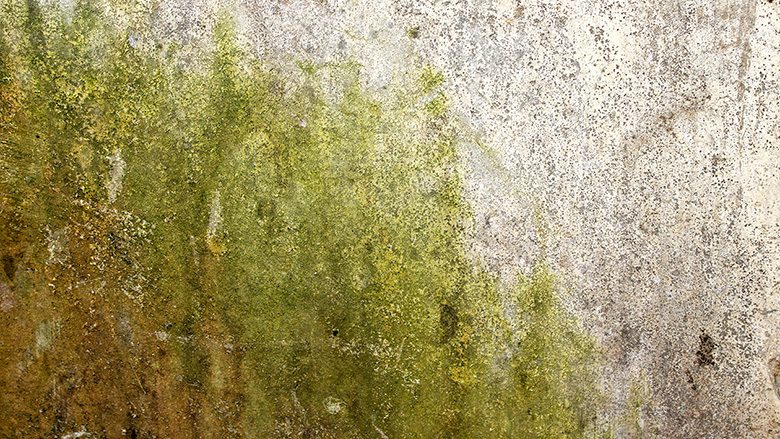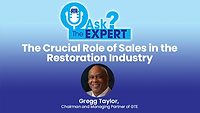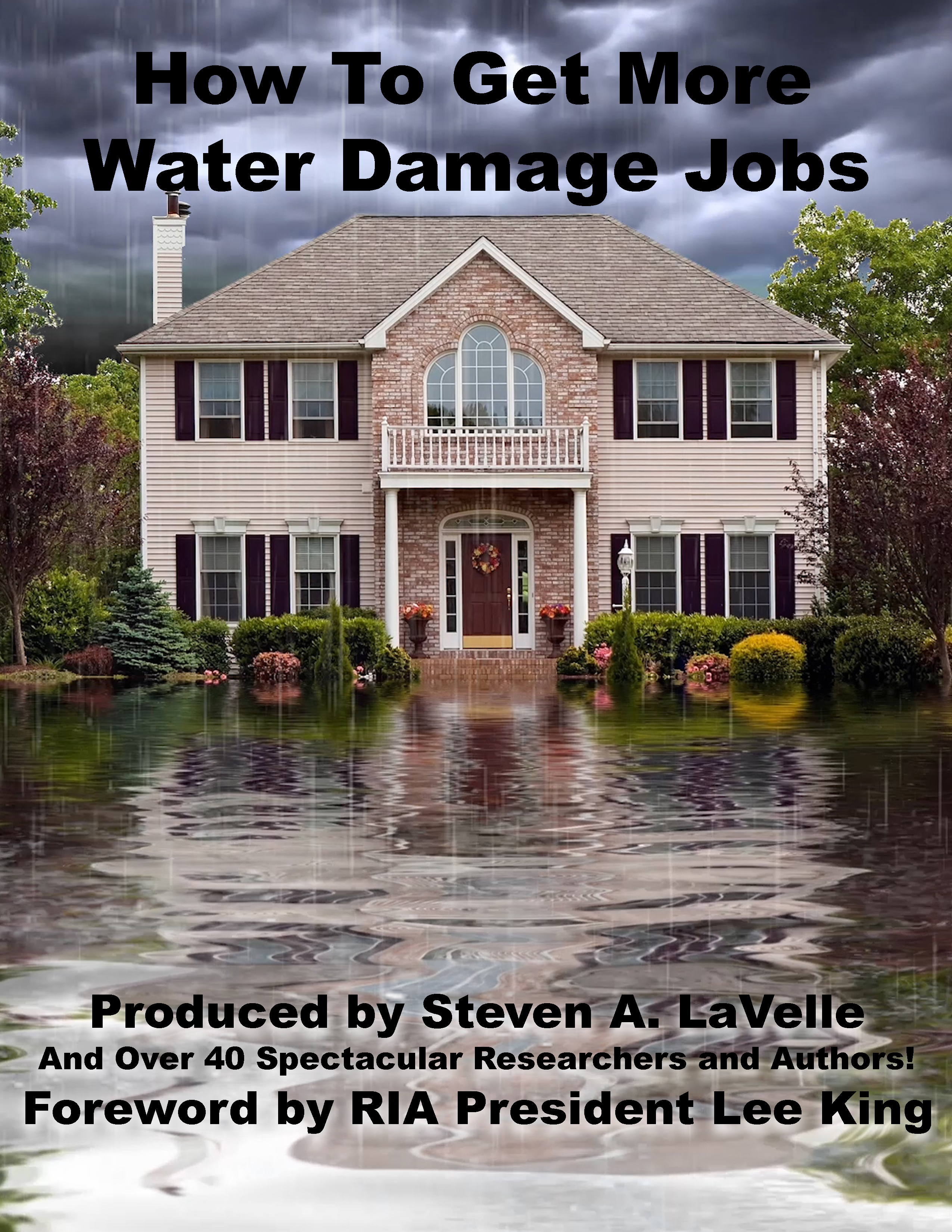The Evolution of Industrial Hygiene and Its Critical Role in Remediation

Credit: gorodenkoff / iStock via Getty Images Plus
Industrial hygienists often work behind the scenes, yet many people have heard the phrase without the appropriate context. When Kayla McGowan, the new Restoration & Remediation editor-in-chief, invited me via the American Industrial Hygiene Association (AIHA) to share insights from the industrial hygiene field, I saw an opportunity to shed light on this valuable but often overlooked profession. Based on my interactions with Kayla while she was at the Institute of Inspection Cleaning and Restoration Certification (IICRC), I recognized the value in highlighting the importance of collaboration with Industrial Hygienists who can often offer insights based in empirical findings from real analysis. Drawing on its rich history and real-world examples, this article highlights how industrial hygiene supports safer, more effective remediation efforts—and why it is imperative to work closely with Industrial Hygienists on remediation projects.
Industrial Hygiene and the Profession’s Historical Basis
Many readers of this article have likely heard of an industrial hygienist, but it would be interesting to perform a poll to understand how the reader defines the job duties of a hygienist. When I ask general public members what they first think when they hear the phrase “industrial hygiene,” the response usually contains the word “cleaning,” “manufacturing,” or “industry” to describe how they imagine industrial hygienists cleaning facilities wearing Tyvek suits and scrubbing the floors until they shine.
The actual definition may surprise the reader. OSHA defines Industrial Hygiene as:
Industrial hygiene has been defined as “that science and art devoted to the anticipation, recognition, evaluation, and control of those environmental factors or stresses arising in or from the workplace, which may cause sickness, impaired health and well-being, or significant discomfort among workers or among the citizens of the community.” [1] (emphasis added)
Contrary to many general interpretations, an industrial hygienist is an exposure scientist that uses scientific and analytical methods to “detect the extent of occupational chemical, biological, or physical exposure and implements engineering controls and work practices to correct, reduce, or eliminate workplace hazards.”[2] (OSHA, 3160).
The science behind industrial hygiene is grounded in years of observations following exposures in a variety of scenarios. The historical documented instances to contextualize industrial hygiene date back to ancient Greek and Roman times and have evolved over the centuries.[3] Hippocrates reportedly identified lead exposure health problems[4]; an Italian named Bernardo Ramazzini, often referred to as the father of occupational medicine, observed associations between exposures and health issues and published his observations in a book titled “Disease of Workers”[5]; the British Chimney-Sweepers Act of 1788 protected the health and well-being of young boys that were tasked with cleaning soot from chimneys when they were exploited for their size[6]; and Dr. Alice Hamilton who, in the early 20th century, observed and documented an association between occupations and health issues.[7]

The historical context to the industrial hygiene field throughout the 20th century has helped shape industrial hygiene into the profession tasked with striving to protect the health and well-being of the worker (AIHA, our professional organization, was founded in 1939)[8]. Federal congressional actions ultimately lead to the Occupational Safety and Health Act (OSHA) of 1970 where industrial hygienists were tasked to play a pivotal role in protecting industry workers. We perform our responsibilities by evaluating exposure scenarios though the hierarchy of controls.[9]
All of the presented historical context is a long way of saying that there is an established history of industrial hygienists understanding the need to protect people against health outcomes following exposure to hazardous agents.
Industrial Hygiene and the Indoor Environment
As time progressed, published research shed light on the idea that health hazards existed in places beyond the manufacturing floor. Sometimes these hazards would manifest as “take home” exposures resulting in a worker’s family members being exposed to workplace health hazards carried home by clothing or other items. [10] Other times, these hazards were present in mundane locations like office buildings. Researchers in the 1970’s began to identify the built environment’s impact on building occupants. The COVID-19 pandemic was a recent illustration of how buildings may impact exposures.
Many readers are likely thinking of mold as always being forefront in the mind where indoor environmental quality (IEQ) issues are a concern. While mold is not the only health hazard that exists in the built environment, it is the one indoor health hazard that gets the most attention when dealing with remediation and restoration. The mold exemplar is an illustrative example of how industrial hygienists can apply their working knowledge of exposures (e.g., hierarchy of controls) to anticipate, recognize, evaluate and control environmental factors impacting community members (e.g., a homeowner) to minimize the impact of health risk drivers among members of the community (recall what OSHA said, emphasized above) and work with all parties during a remediation event.[11]
Industrial hygienists offer a recognized unique perspective from an exposure assessment and mitigation standpoint. Groups like insurance carriers, management companies, and even homeowners reach out to hygienists for assistance with the assessment of impacts to building materials. Industrial hygienists identify ways to ensure building occupant protection during remediation activities, and prescriptive methods for ensuring the work is done to a level that will not result in re-occurrence (e.g., regrowth of mold from deposited spores following a remediation event). The hygienist effort to protect occupants within the built environment is memorialized via the AIHA IEQ committee through various guidance documents published on the AIHA website (https://www.aiha.org/get-involved/volunteer-groups/indoor-environmental-quality-committee).
The information presented thus far is from one profession to another as background for how hygienists can lend our unique skills to complement the remediation efforts within the built environment. That being said, I would be remiss if I did not acknowledge the 5,000 cfm HEPA scrubber in the room: more often than not, there has been disagreement between industrial hygienists and remediation contractors in the field. I am sure each of us has our own war story that accompanies these professional disagreements. While some interactions have likely not been our finest moments, others likely have been pleasant. Overall, it is important to remember that no matter the project, we are all there to complete the job correctly and in a way that will not result in any direct or indirect health issues. Ultimately, we are there to serve the best interests of the client. There are many methods to accomplish this goal in complimentary and collaborative ways. The goal of this article is to present a sampling of the hygienist’s perspective on the remediation efforts.
Below are a few examples of how an industrial hygienist can holistically contribute to the overall success of a remediation project. These examples are not presented as exhaustive but a sample of the ways in which we apply our professional attributes to IEQ issues.
Recognize:
- Biological organisms (e.g., fungi) can cause health impacts and can impact materials within the built environment.
- Identify the organism types that grow within the built environment and where they can impact.
- Secondary hazards may be introduced to the indoor exposure scenario during remediation efforts (e.g., antimicrobials).
- Understand that other hazards (e.g., chemical or physical) may exist on-site outside of the remediation area.
Evaluate:
- Visually assess the impacts (e.g., chemical or biological) and sample using validated testing methodologies to understand hazards.
- Identify impacted areas and delineate the specific areas where assessment efforts have identified damaged and impacted building materials.
- Review building conditions to ensure that the impacted area is isolated from the remainder of the building and the occupants.
- Identify other potential hazards (e.g., asbestos) that may be present during a remediation activity and ensure proper steps are taken to address the hazard.
- Process to review product information and ensure that any products (e.g., encapsulants, antimicrobials, etc.) used during the remediation process are done so in accordance with the label for safe-use conditions.
Control:
- Develop a scope of work to ensure that all anticipated hazards are addressed and how to control them if they are encountered.
- Ensure that appropriate engineering controls (e.g., containment, air scrubbers, etc.) are in place and functioning as designed and intended.
- Deploy air monitoring equipment to ensure that the control methods are working properly.
- Continually visually assess containment to ensure it is providing an adequate barrier.
- Isolate HVAC equipment to ensure that the impacts remain within a contained work zone.
- Identify when a product (e.g., antimicrobial) is being used in an improper manner and address the concerns.
- Prescribe the appropriate personal protective equipment (PPE) for the exposure scenario if engineering controls (e.g., containment, HEPA filters, etc.) are not sufficient.
Confirm:
- Reviewing monitoring data to confirm containment is working properly and adjusting if necessary.
- Ensure that the methods used were appropriate and effective at mitigating the hazard using confirmatory testing methods.
- Visually verify that the impacts have been removed and documented.
- Ensure the impacted area is cleared via testing or other methods to ensure that containment may be safely removed.
These examples can apply to the entire exposure scenario and exposed individuals, including the client, building occupants, and even remediation contractor workers. The goal is to protect the health and well-being of everyone involved to have a successfully completed project in a safe manner. It is important to note that there is not a one-size fits all model for addressing impacts in the built environment. Every project should be visually assessed by both the hygienist and the remediation contractor to ensure that the needs of the client and the hazard are being addressed.
I urge the reader to review the above information and identify where both professions have common ground and focus on strengthening collaborations. We are all on the same side during these efforts and it is important for us to recognize that fact. When we disagree and cause conflict on a project, the client is the only one that loses. When we collaboratively agree on an outcome path, the client will sing our praises. We all have room to grow and growing together will strengthen both professions.
Endnotes:
- OSHA, Industrial Hygiene, 1998: https://www.osha.gov/sites/default/files/training-library_industrial_hygiene.pdf
- OSHA 3160: The Occupational Health Professional’s Services and Qualifications: Questions and Answers, 1999: https://www.govinfo.gov/content/pkg/GOVPUB-L35-PURL-gpo10403/pdf/GOVPUB-L35-PURL-gpo10403.pdf
- OSHA, Industrial Hygiene, 1998: https://www.osha.gov/sites/default/files/training-
- Lessler (1988) Lead and Lead Poisoning from Antiquity to Modern Times: https://www.biologicaldiversity.org/campaigns/get_the_lead_out/pdfs/health/Lessler_1988.pdf
- Franco and Franco (2001) Bernardino Ramazzini: The Father of Occupational Medicine: https://pmc.ncbi.nlm.nih.gov/articles/PMC1446786/
- Chimney Sweeps and the Turn Against Child Labor: https://daily.jstor.org/chimney-sweeps-and-the-turn-against-child-labor/
- For disclosure, this author contributed substance-specific chapters to the most recent edition (6th) of a reference book titled “Hamilton and Hardy’s Industrial toxicology”. The first edition of this book was drafted by Dr. Hamilton in 1934, and later editions serve as a homage to the efforts that she and her co-author, Dr. Harriet Hardy, made to workers and families impacted by exposures to occupational and environmental health hazards.
- AIHA: https://www.aiha.org/about-aiha
- NIOSH, Hierarchy of Controls: https://www.cdc.gov/niosh/learning/safetyculturehc/module-3/2.html
- CDC, ‘Take-Home’ Exposures Still Persist, 2020: https://blogs.cdc.gov/niosh-science-blog/2020/03/23/take-home/
- Some states, like my home state of Florida, have state-level professional licenses for mold assessors and remediators.
Looking for a reprint of this article?
From high-res PDFs to custom plaques, order your copy today!








